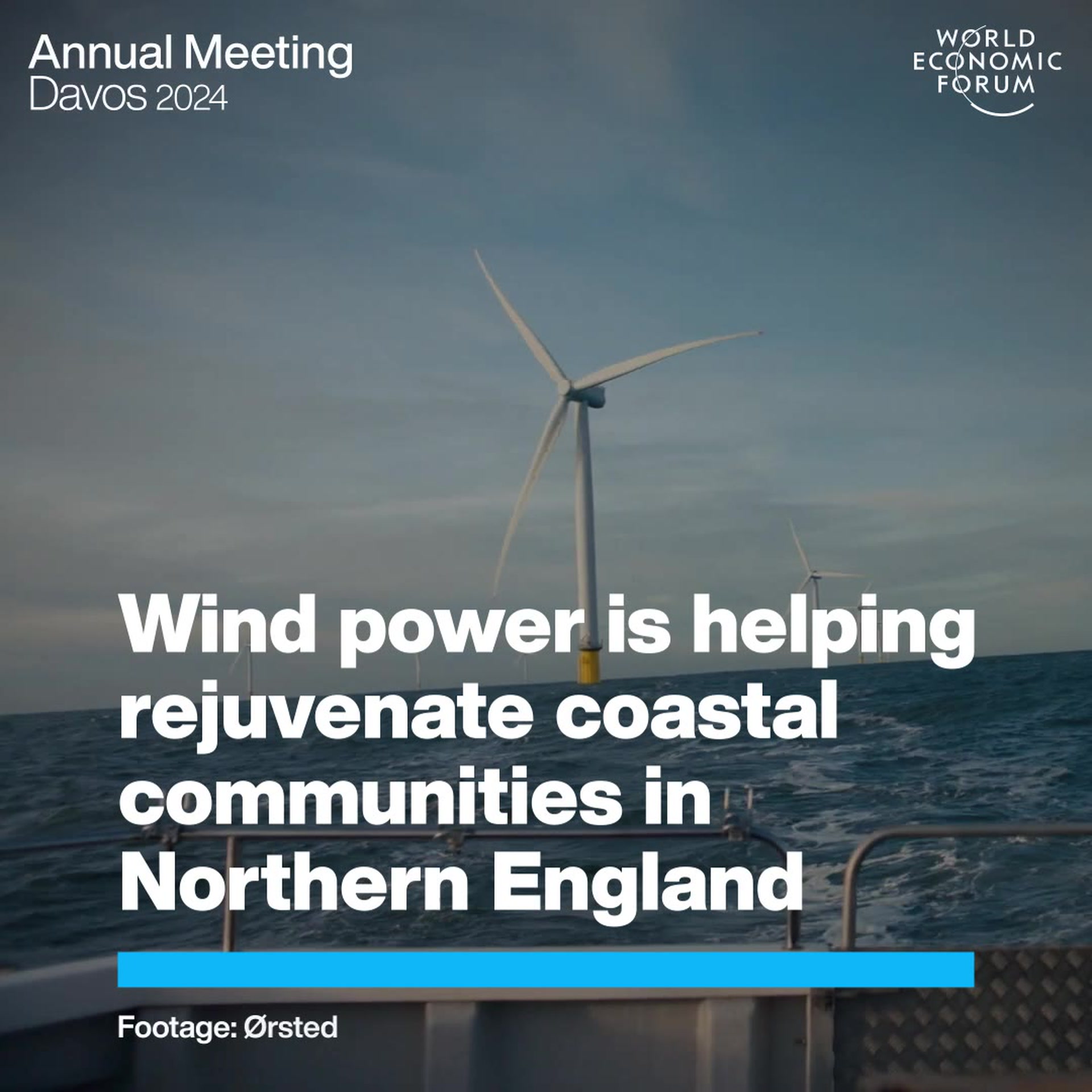Where can renewable energy be stored?


Get involved with our crowdsourced digital platform to deliver impact at scale
Stay up to date:
Electricity
Electricity storage serves multiple purposes in electricity systems. Utilities use it to husband surplus power for later use, rail systems are harvesting and storing electricity from regenerative braking to power trains elsewhere in the system and traders rely on storage for price arbitrage, buying power when tariffs are low and selling at peak times.
Increasingly, however, electricity storage is needed to accommodate the rising share of variable renewable power generation like sun or wind. If these technologies are ever to dominate our electricity mix, large-scale energy storage needs to be deployed—and fast: Some 310 GW of storage capacity will be required by 2050 in China, India, US and EU alone, according to the IEA—nearly twice the capacity installed worldwide today.
Pumped storage hydro solutions can help; pumped storage hydro accounts for more than 90% of today’s current capacity—but topological constraints and long construction timelines require that new technologies also be installed.
That is why investors and utilities are testing alternative energy storage solutions. Among the projects coming on stream are Southern California Edison’s 260 MW of battery storage, Germany’s 2 MW Falkenhagen power-to-gas pilot plant and the UK’s 5 MW Highview Liquid Air Energy Storage. Overall, according to market research firm IHS, annual installations are expected to increase from 2 GW in 2012 to 40 GW per year by 2022, with America accounting for 43% of world capacity additions over that period.
Some of that growth will be driven by policy mandates. California, for example, has set a goal to deploy 1.3 GW of capacity by 2020. Similarly, China’s goal of 100 GW of solar and 230 GW of wind by 2020 are providing a fertile ground for the energy storage market to grow. As of 2014, more than 100 lithium-ion battery manufacturers were operating in the country and, by 2020, total capacity could reach 150 GW—including pumped hydro.
For storage to reach its full market potential, however, a number of technological issues will also have to be resolved, including reliability, lifespan, scale and reliance on expensive materials such as vanadium (for flow batteries). Cost will also be a challenge. According to the IEA, 2014 costs would need to come down by a factor of ten to be competitive with pumped storage or with building a conventional power plant.
In the short to medium term, lithium-battery technologies could offer the best prospect for cost reductions, according to a 2015 report from Citibank, which believes prices could drop as low as $230/kWh (the cost of pumped hydro) by the end of the decade—in part because of the increase in supply from Tesla’s Giga factory.
It won’t be the only technology in the race, however. Others, including the aforementioned ones, will compete as well. Which will get the lion’s share remains to be seen.
This post first appeared on GE LookAhead. Publication does not imply endorsement of views by the World Economic Forum.
To keep up with the Agenda subscribe to our weekly newsletter.
Author: Nicholas Newman is an energy and business journalist, copy writer and consultant.
Image: A view shows windmills of several wind farms at the so-called “HelWin-Cluster.” REUTERS/Fabian Bimmer.
Don't miss any update on this topic
Create a free account and access your personalized content collection with our latest publications and analyses.
License and Republishing
World Economic Forum articles may be republished in accordance with the Creative Commons Attribution-NonCommercial-NoDerivatives 4.0 International Public License, and in accordance with our Terms of Use.
The views expressed in this article are those of the author alone and not the World Economic Forum.
Related topics:
The Agenda Weekly
A weekly update of the most important issues driving the global agenda
You can unsubscribe at any time using the link in our emails. For more details, review our privacy policy.
More on ElectricitySee all
Francisco Laverón, Randolph Brazier, Natalia Zabolotnikova and Xabier Mugarza Zorriqueta
March 26, 2024
Johnny Wood
February 8, 2024
Cristen Hemingway Jaynes
February 5, 2024
Jamie Wylie and Adrienne Gibbs
January 18, 2024
January 17, 2024






